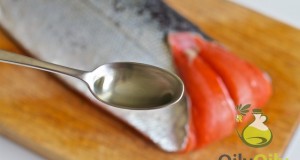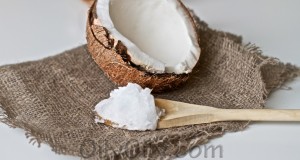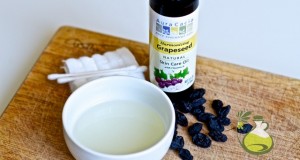How to make sunflower oil? Have you ever asked youself? In fact, there are two main types of seeds used for sunflower oil production according to the National Sunflower Association:
- Oilseed – small and black, very high in oil; processed into sunflower oil and bird meal;
- Non-oilseed, or confection seeds – larger, black and white striped; applied into food industry (bread, snacks).
The types of sunflower oil production
Sunflower oil production can deliver three kinds of the oil:
- Linoleic
- High Oleic
- NuSun®, or Mid-Range Oleic
They differ significantly in their fatty acid compositions. Therefore, each type possesses its unique qualities (via SoyaTech).
| Polyunsaturated Fat | Monounsaturated Fat | Saturated Fat | |
| Linoleic | 69% | 20% | 11% |
| High Oleic | 80% or more | ||
| NuSun® | 26% | 65% | 9% |
Among those three types, linoleic sunflower oil is the most unstable to oxidation. If used for commercial purposes, it needs hydrogenation which causes the formation of unhealthy trans fats. However, linoleic sunflower oil is very good for home cooking, as it has a high smoke point and a neutral taste enhancing the taste of dish. High Oleic sunflower oil is a versatile stable product, which has a significant improving impact on human health. NuSun oil is the most balanced among the three. It is extremely stable and functional for commercial frying applications. NuSun sunflower oil has a strong domestic demand.
RELATED: Where Does Palm Oil Come from?
Confection sunflower industry has three segments depending on seed size:
- In-shell Market – the largest size; seeds stay intact, they are roasted, seasoned and consumed as a snack.
- Kernel Market – medium-sized; the hull of seeds is mechanically removed; seeds are sold raw or roasted as a snack or ingredient.
- Bird and Pet Feeding Market – the smallest size.
According to the National Sunflower Association, the U.S. processors considered to have the best technology of sunflower oil production in both the level of quality and volume capacity. They successfully meet the demands of international and domestic markets.
SEE ALSO: Healthy Sunflower Oil Substitutes
The processing of oilseeds
Normally there are the following steps of sunflower oil production, according to the National Sunflower Association:
- Seed cleaning and sorting;
- Mechanical hull removing;
- Mashing up seeds to a fine powder;
- Compressing the oil by physical methods;
- Extracting the remaining oil using hexane;
- Degumming;
- Refining;
- Bleaching;
- Dewaxing;
- Deodorization;
To make sunflower oil organic, only cold pressing or expeller pressing techniques are suitable. Warm pressed, or expeller pressed sunflower oil production is the most common for modern industry. The mass of seed are heated to about 170F before being put through expeller. Due to the heat, the oil becomes more active and flow easier.
To make cold pressed sunflower oil, the mashed seeds are pressed without the prior heating. Obviously, this technique results in less amount of derived oil. Nevertheless, it is considered preserving more nutrients, taste and flavor.
The oil, which remains after physical pressing, is usually extracted with the help of chemicals such as hexane. To get rid of chemical odor and taste, the product can be heated again with the addition of lye. For a longer shelf life preservatives can be added to the final product. Therefore, one should be very attentive while obtaining sunflower oil in order to buy only trusted brands of organic oil.
 Oilypedia.com – Benefits And Uses Of Supplemental and Essential Oils
Oilypedia.com – Benefits And Uses Of Supplemental and Essential Oils 




Pingback: How to Make Sunflower Oil: All about Sun | OilyPedia.com - All about Supplemental And Essential Oils